Frank Leymann0130217530, 0131829572, 0195019199
Table of contents :
Table of Content……Page 2
Foreword……Page 6
Foreword……Page 7
Who Should Read This Book……Page 8
What This Book Does Not Cover……Page 9
How This Book Is Organized……Page 10
About the Cover Picture……Page 11
Introduction……Page 12
What is Messaging?……Page 13
What is a Messaging System?……Page 14
Why Use Messaging?……Page 15
Challenges of Asynchronous Messaging……Page 18
Distributed Applications vs. Integration……Page 19
Commercial Messaging Systems……Page 20
Pattern Form……Page 22
Diagram Notation……Page 24
Examples and Interludes……Page 25
Organization of this Book……Page 26
Getting Started……Page 27
Summary……Page 29
The Need for Integration……Page 31
Integration Challenges……Page 32
How Integration Patterns Can Help……Page 33
The Wide World of Integration……Page 34
Loose Coupling……Page 37
1 Minute EAI……Page 39
A Loosely Coupled Integration Solution……Page 42
Widget-Gadget Corp — An Example……Page 44
Summary……Page 61
Application Integration Criteria……Page 63
Application Integration Options……Page 64
File Transfer……Page 65
Shared Database……Page 68
Remote Procedure Invocation……Page 70
Messaging……Page 72
Introduction……Page 75
Message Channel……Page 76
Message……Page 81
Pipes and Filters……Page 84
Message Router……Page 91
Message Translator……Page 96
Message Endpoint……Page 105
Introduction……Page 108
Point-to-Point Channel……Page 111
Publish-Subscribe Channel……Page 113
Datatype Channel……Page 116
Invalid Message Channel……Page 119
Dead Letter Channel……Page 122
Guaranteed Delivery……Page 124
Channel Adapter……Page 128
Messaging Bridge……Page 132
Message Bus……Page 135
Introduction……Page 140
Command Message……Page 141
Document Message……Page 143
Event Message……Page 145
Request-Reply……Page 147
Return Address……Page 151
Correlation Identifier……Page 154
Message Sequence……Page 159
Message Expiration……Page 164
Format Indicator……Page 167
Introduction……Page 169
JMS Request/Reply Example……Page 171
.NET Request/Reply Example……Page 182
JMS Publish/Subscribe Example……Page 191
Introduction……Page 208
Content-Based Router……Page 211
Message Filter……Page 217
Dynamic Router……Page 221
Recipient List……Page 226
Splitter……Page 234
Aggregator……Page 242
Resequencer……Page 255
Composed Message Processor……Page 265
Scatter-Gather……Page 267
Routing Slip……Page 270
Process Manager……Page 278
Message Broker……Page 286
Introduction……Page 291
Envelope Wrapper……Page 292
Content Enricher……Page 297
Content Filter……Page 302
Claim Check……Page 305
Normalizer……Page 310
Canonical Data Model……Page 312
Introduction……Page 317
Synchronous Implementation using Web Services……Page 324
Asynchronous Implementation with MSMQ……Page 353
Asynchronous Implementation with TIBCO ActiveEnterprise……Page 397
Introduction……Page 415
Messaging Gateway……Page 418
Messaging Mapper……Page 426
Transactional Client……Page 431
Polling Consumer……Page 439
Event-Driven Consumer……Page 442
Competing Consumers……Page 446
Message Dispatcher……Page 451
Selective Consumer……Page 457
Durable Subscriber……Page 464
Idempotent Receiver……Page 469
Service Activator……Page 472
Introduction……Page 476
Control Bus……Page 477
Detour……Page 481
Wire Tap……Page 482
Message History……Page 484
Message Store……Page 487
Smart Proxy……Page 489
Test Message……Page 498
Channel Purger……Page 500
Loan Broker System Management……Page 504
Case Study: Bond Trading System……Page 528
Architecture with Patterns……Page 529
Emerging Standards and Futures in Enterprise Integration……Page 548
Bibliography……Page 569
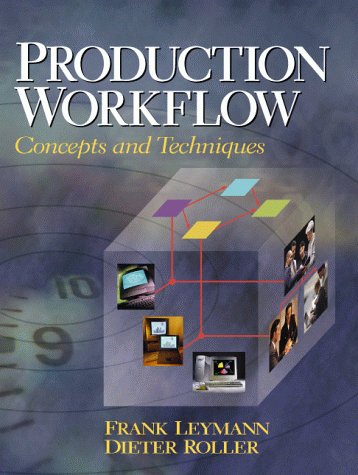
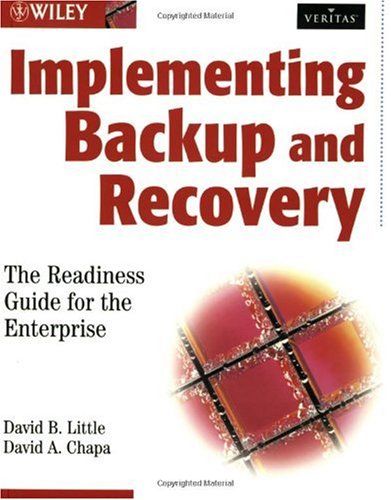
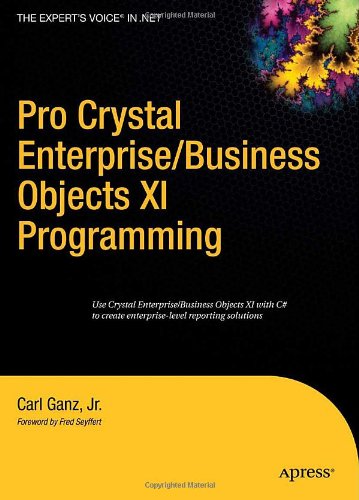
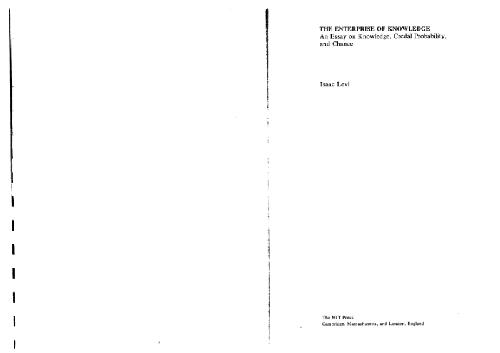
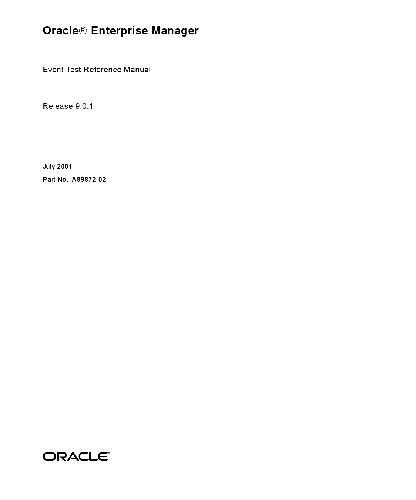
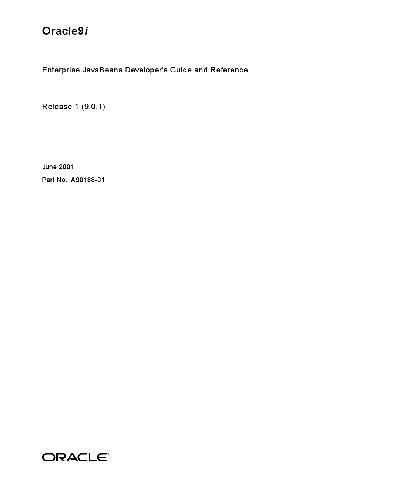

Reviews
There are no reviews yet.